Introducing the newest edition to the Stepbastard’s 3d Models. Chupacabra!
One of the most erroneously described (based on pop culture versus original reportings) cryptids in their Pantheon. Typically portrayed as a mange ridden dog or coyote, the Puerto Rican legend marks this creature as an lizard like bipedal alien with large red glowing eyes and spikes on its back. So that is how I chose to do it. I may at some point do the other version as well, but this one felt right at the moment.
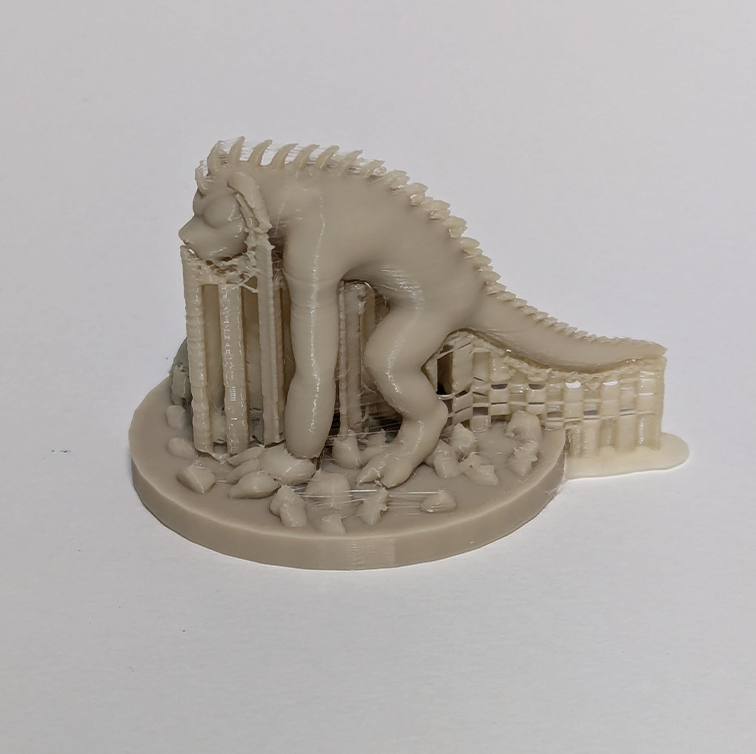
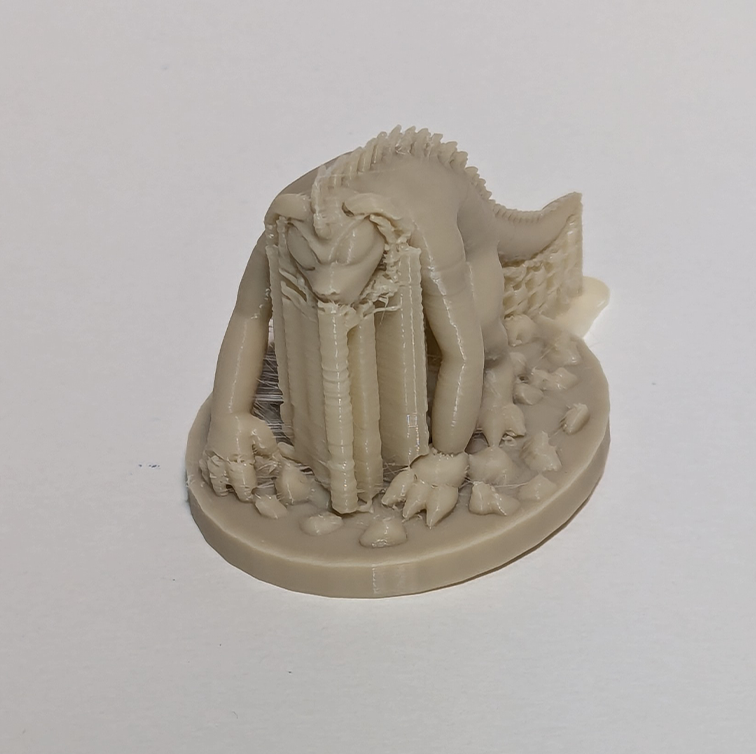
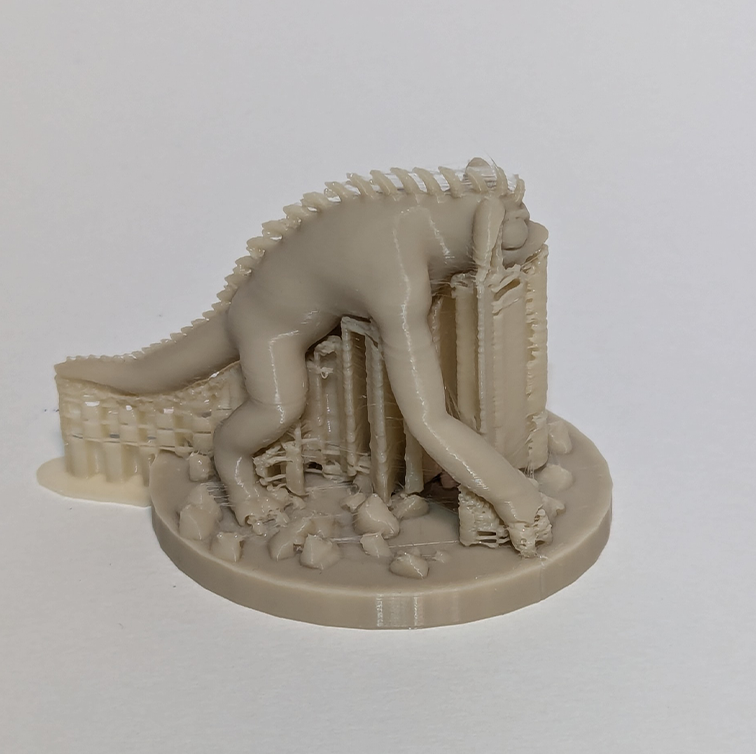
As with all of my 3d Prints you can get a copy of the STL at my Cults page and purchase a printed (and hand painted) version at my etsy page. Thanks to all of you who have supported my work so far…I hope I am giving you value in return with this work.
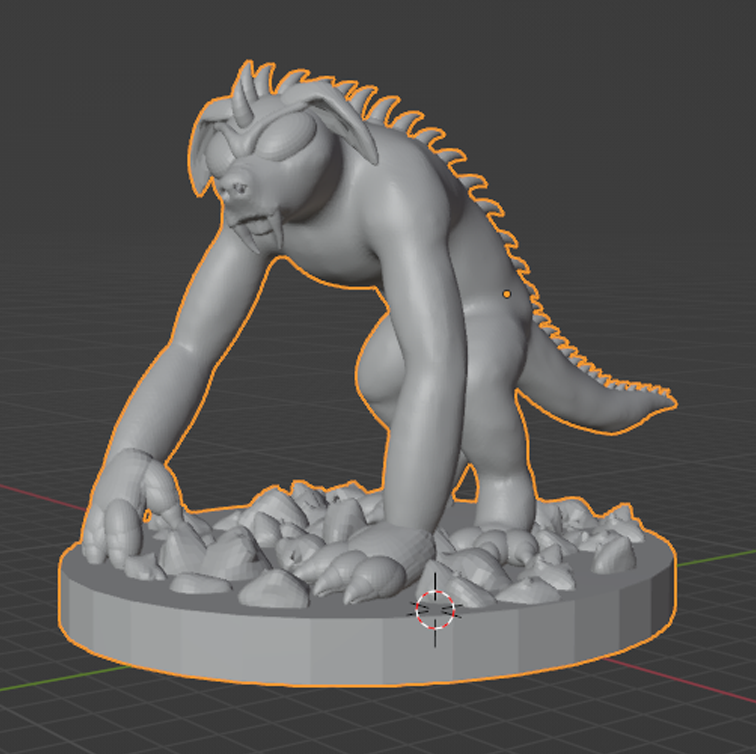
Download your Chupacabra STL HERE
For those less familiar with Cryptids and El Cupacabra, here is some background.
Known Origin and Basic Lore:
- Origin: The legend of the Chupacabra originated in Puerto Rico in the mid-1990s, with the first reported sightings occurring in 1995.
- Basic Lore: The Chupacabra is reputed to be a creature that attacks livestock, particularly goats, and drinks their blood. The name “Chupacabra” translates to “goat sucker” in Spanish, reflecting its vampiric tendencies. Initial reports described it as a creature unlike any known animal, sparking a wave of media attention and public fascination.
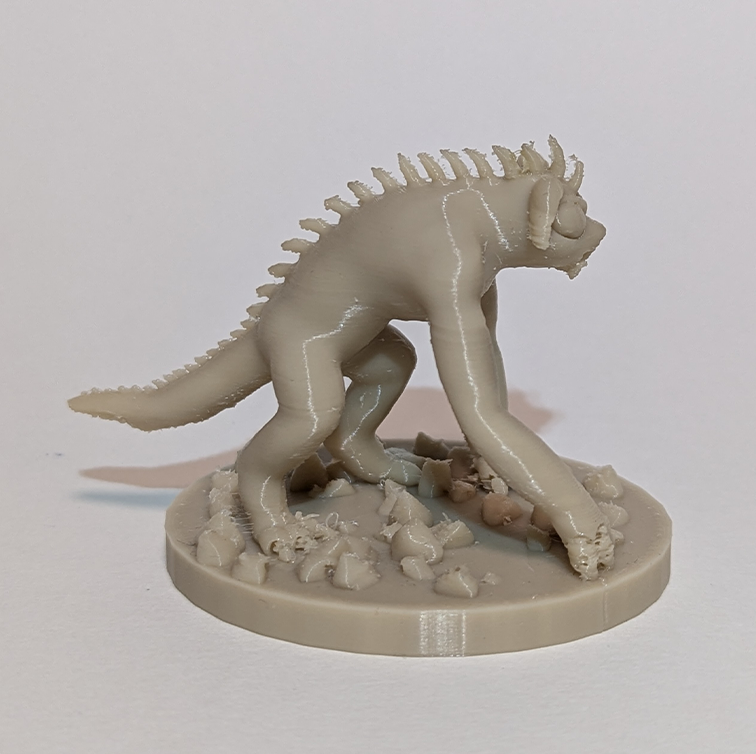
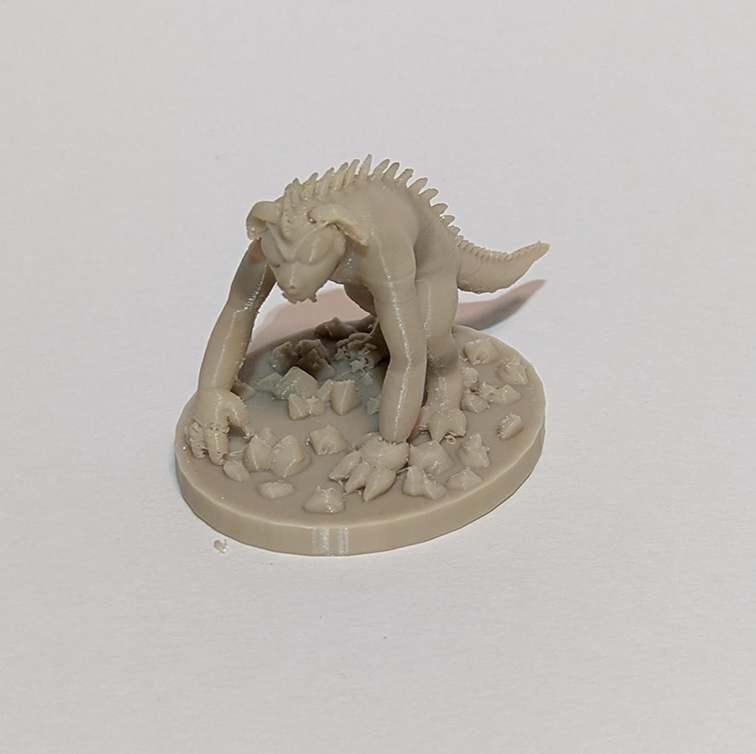
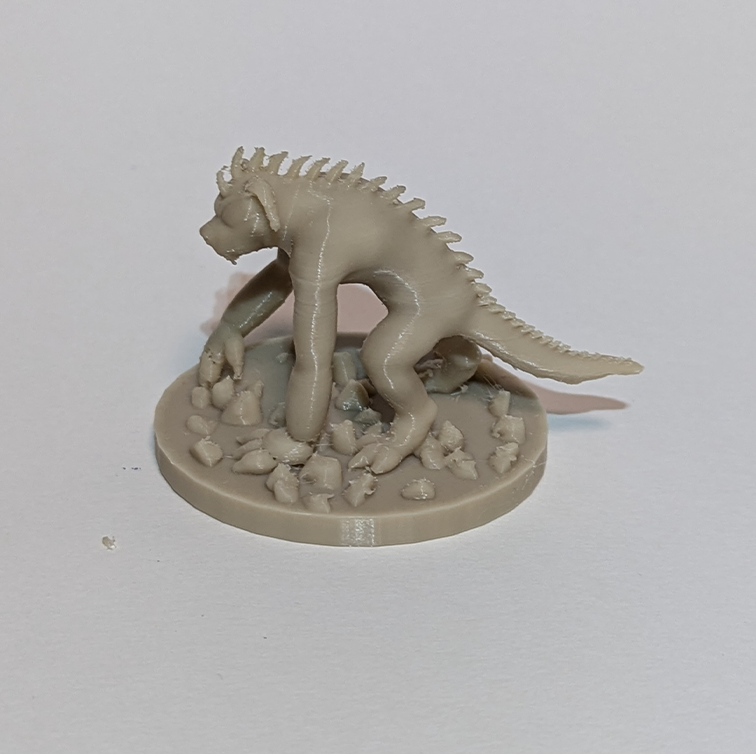
Significant Sightings:
- 1995, Puerto Rico: The first documented sighting involved a series of livestock killings, with animals found drained of blood and exhibiting puncture wounds. Madelyne Tolentino reported seeing a creature in Canóvanas, Puerto Rico, which led to the widespread fame of the Chupacabra.
- 1996, Mexico: Numerous reports of livestock deaths attributed to the Chupacabra emerged, with similar patterns of blood-drained animals.
- 2000s, United States (Texas): Several sightings and livestock attacks were reported, with descriptions of a hairless, dog-like creature.
- 2018, India: Farmers in the southern state of Karnataka reported attacks on goats and sheep, claiming the Chupacabra was responsible.
Order your 3D printed Chupacabra Model HERE
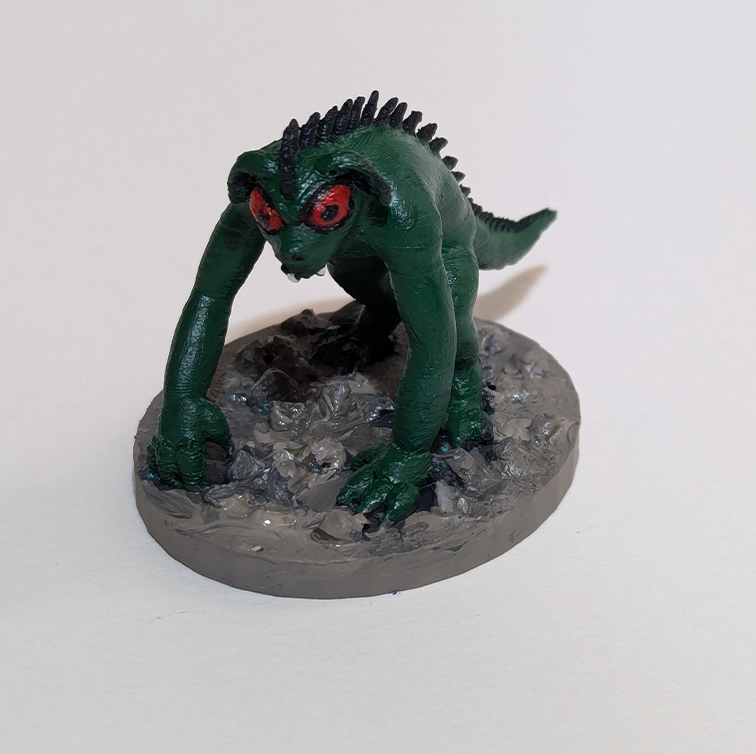
Physical Description:
- Appearance: The Chupacabra is described in two primary forms:
- Reptilian Form: Often depicted as a reptile-like creature with leathery or scaly greenish-gray skin, sharp spines or quills running down its back, and large, oval red eyes. It is said to be about 3 to 4 feet tall and capable of bipedal movement.
- Canine Form: In other accounts, it resembles a hairless, dog-like animal with pronounced fangs and claws, and a pronounced skeletal structure visible through its skin.
- Distinct Features: Both forms are noted for their sharp teeth and claws, which are used to puncture and drain the blood of livestock.
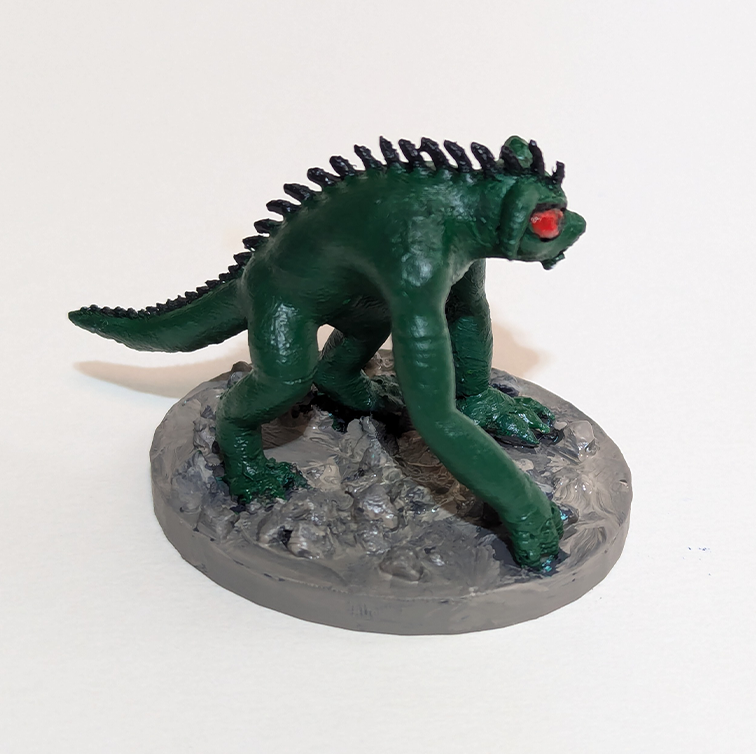
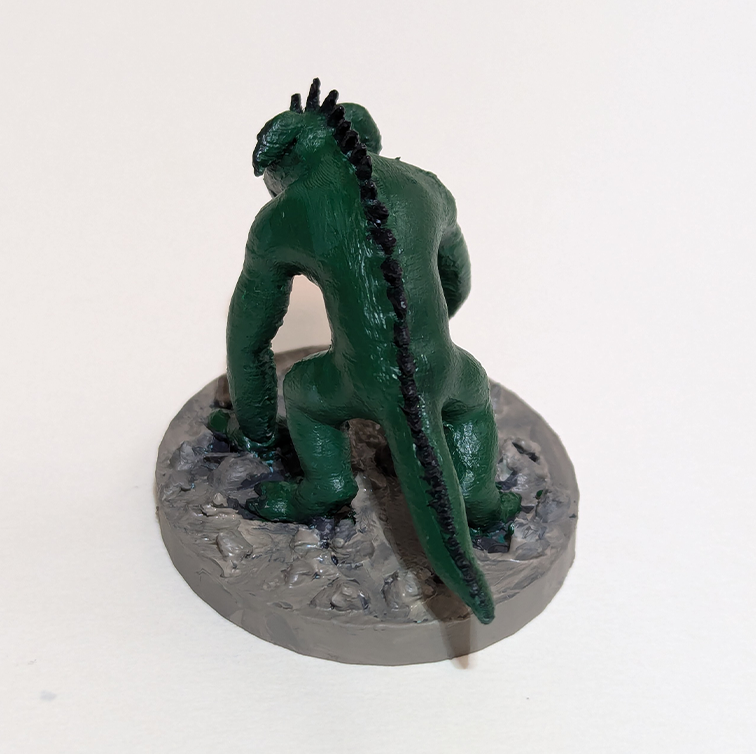
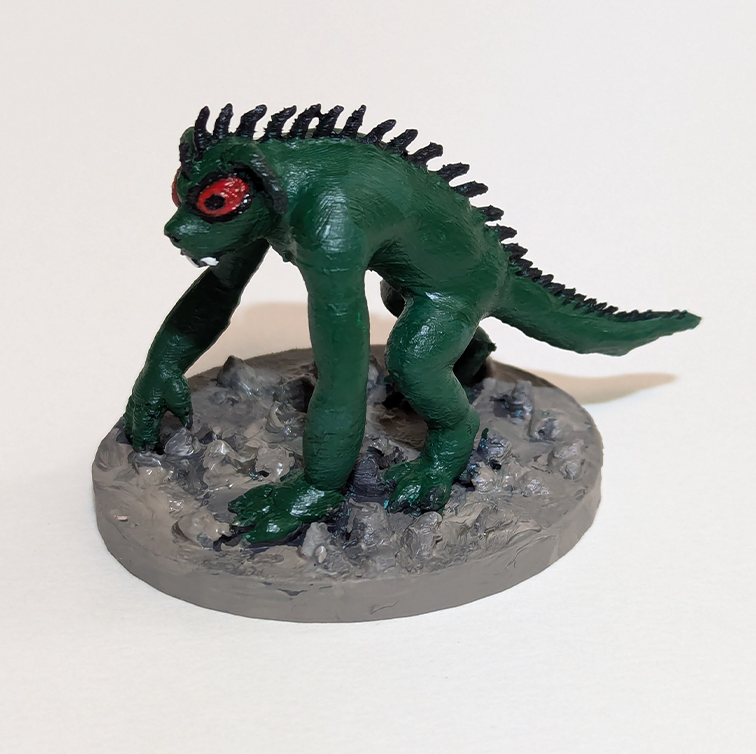
Behaviors:
- Movement: The Chupacabra is reported to be agile and capable of moving quickly. In its reptilian form, it is often described as hopping like a kangaroo, while in its canine form, it moves more like a typical quadruped.
- Interactions: It is generally nocturnal and elusive, with most attacks occurring at night. The creature is considered highly territorial and aggressive towards livestock.
- Feeding: The Chupacabra is said to drain the blood of its victims through small, circular puncture wounds, typically found on the neck.
Abilities:
- Bloodsucking: The Chupacabra’s most notorious ability is its method of feeding, extracting blood from animals with surgical precision.
- Agility: It is described as being incredibly agile and capable of leaping significant distances.
- Camouflage: Some reports suggest it can blend into its surroundings or become nearly invisible.
Preferred Habitat:
- Location: The Chupacabra is primarily associated with rural and agricultural areas where livestock is present.
- Environment: It favors warm climates and is often reported in areas with dense vegetation or forests that provide cover and hunting grounds.
Download your Chupacabra STL HERE
Order your 3D printed Chupacabra Model HERE
Range of Sightings:
- Geographic Range: Initially reported in Puerto Rico, sightings have since spread across Latin America, including Mexico, Chile, and Brazil, and into the southern United States, particularly Texas. There have also been reports from as far away as Russia and the Philippines.
- Temporal Range: Sightings have been reported from the mid-1990s to the present, with varying intensity and frequency.
Likelihood of Existence Based on Similar Species:
- Comparison to Known Animals: Some theories suggest that sightings of the Chupacabra could be misidentifications of known animals suffering from severe mange, such as coyotes, dogs, or raccoons, which can lose their hair and appear gaunt and alien.
- Scientific Perspective: No concrete evidence, such as bodies or DNA, has been found to confirm the existence of the Chupacabra. Most reported physical evidence has been attributed to known animals with unusual health conditions.
- Folkloric Consistency: The consistent details in the descriptions and behaviors across different cultures and regions lend some credence to the idea that the Chupacabra legend is based on real, albeit misunderstood, animal phenomena. However, the lack of direct scientific evidence keeps it firmly in the realm of cryptozoology and folklore.

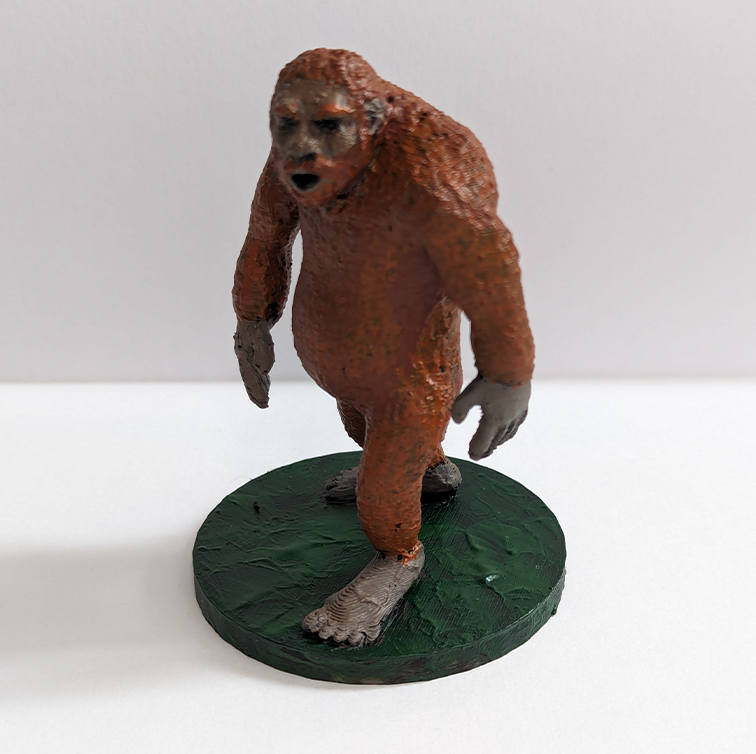
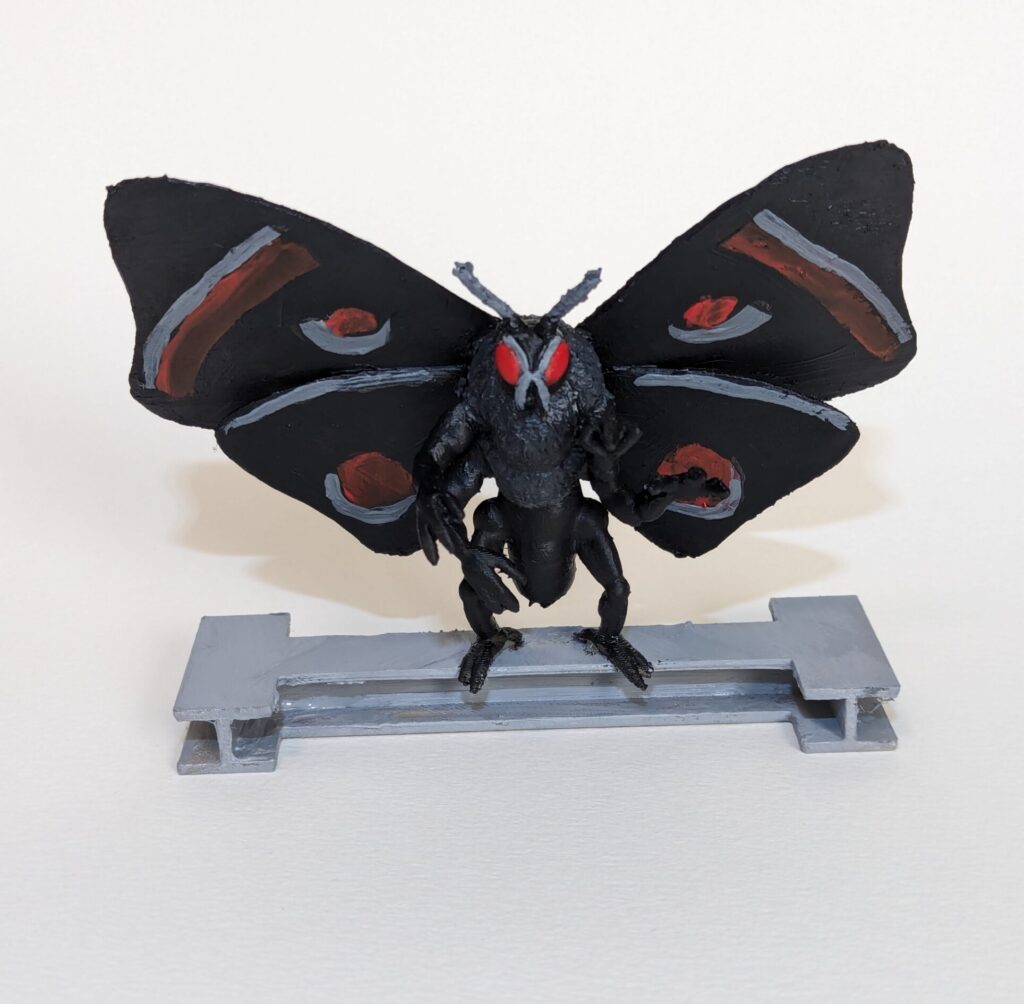
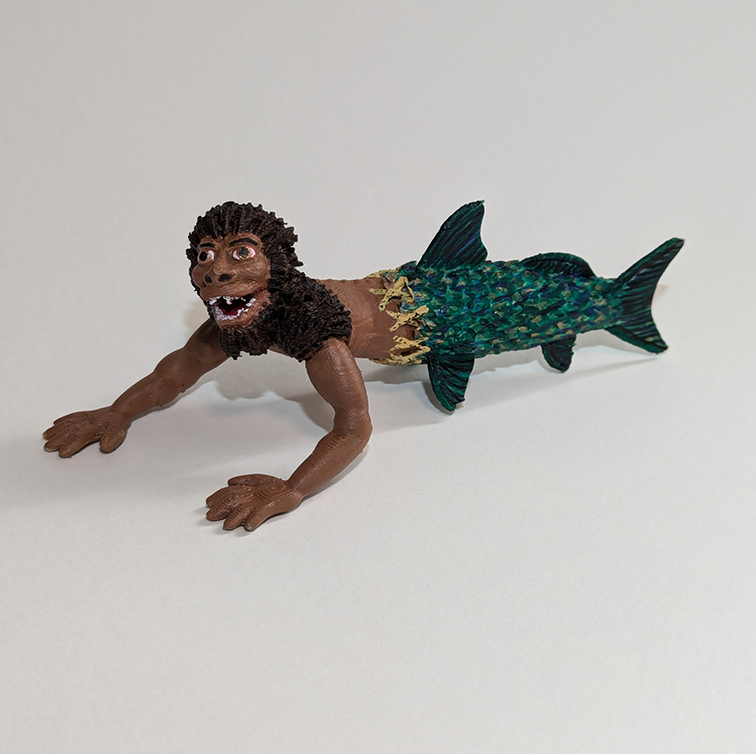
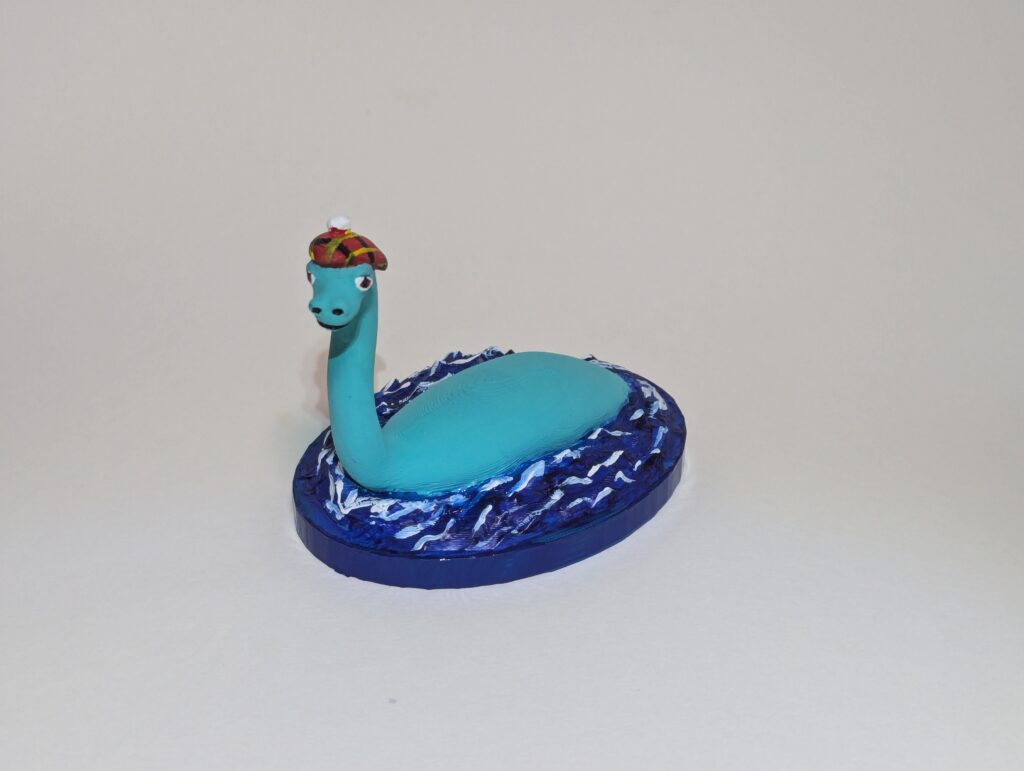
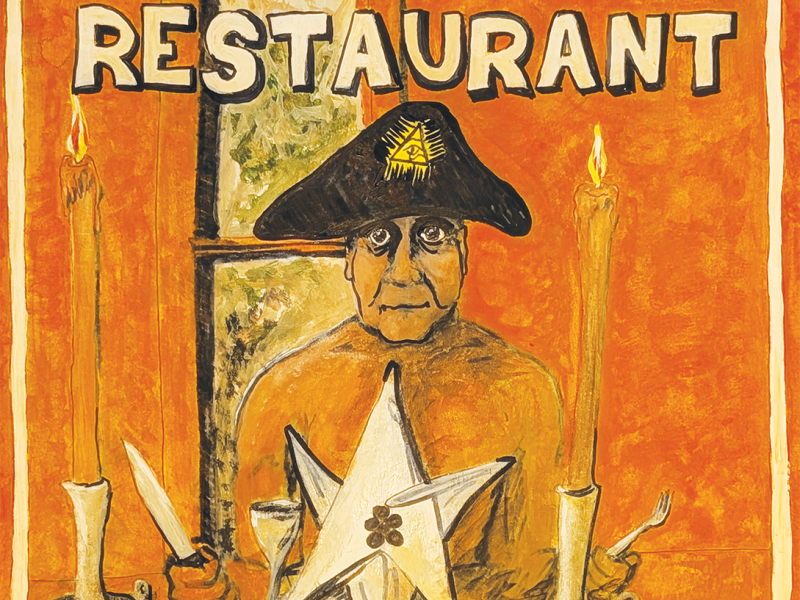
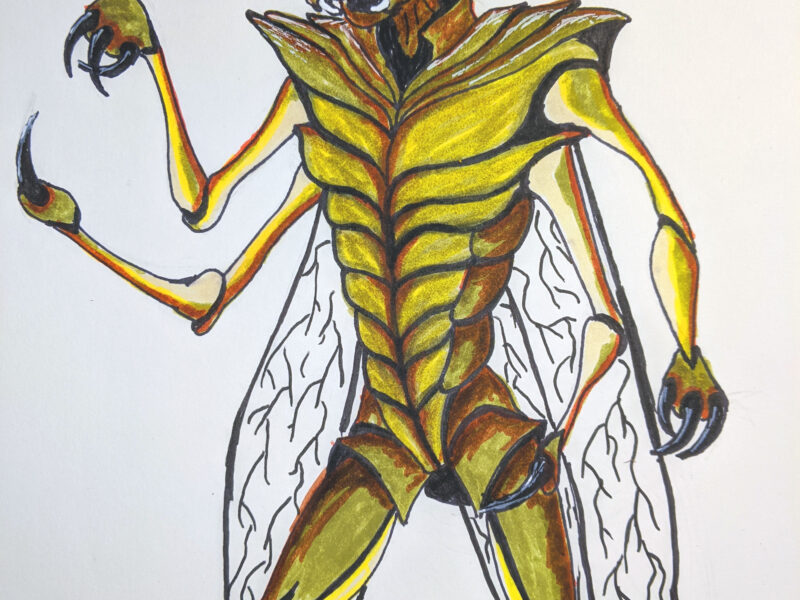
One thought on “El Chupacabra!”
Comments are closed.